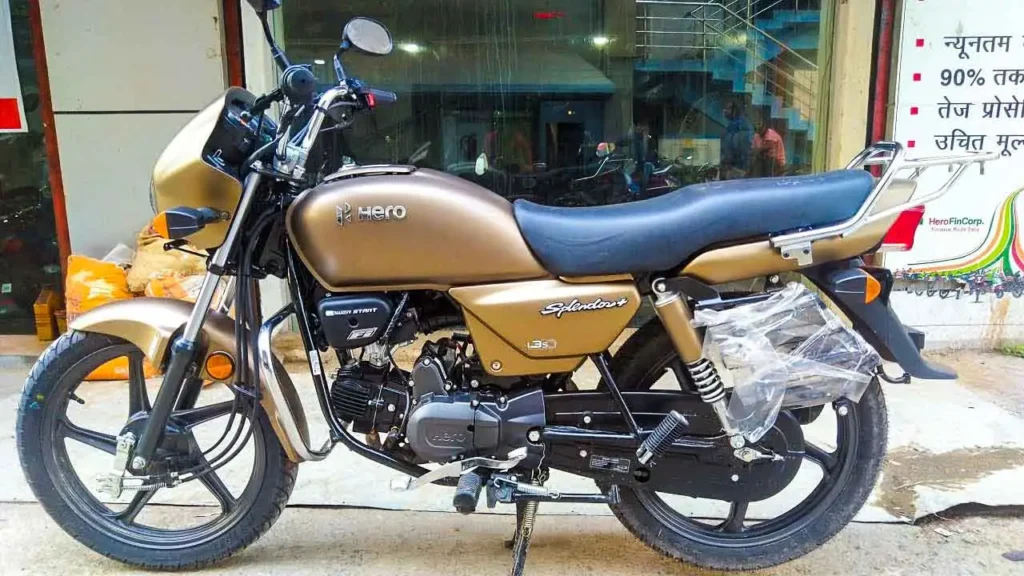Hero MotoCorp Sales Nosedive in April 2025 with 42.76% YoY Drop; VIDA EVs Offer Modest Growth
New Delhi, May 2, 2025 — Hero MotoCorp, India’s largest two-wheeler manufacturer, saw its total sales fall sharply in April 2025. The company sold 396,479 units, reflecting a 42.76% drop compared to April 2024, when it had sold 692,028 units. This sharp decline highlights mounting pressure on traditional two-wheeler sales in a shifting market landscape.

On a more positive note, Hero’s electric arm VIDA managed to sell 7,116 units, while the government’s VAHAN portal recorded 6,123 VIDA registrations, indicating healthy conversion from dispatch to customer delivery.
What’s Behind the Decline?
Several factors contributed to the year-on-year drop. In April 2024, Hero MotoCorp had experienced an unusually high surge in sales due to pre-festive and wedding season purchases, particularly in rural markets. In contrast, April 2025 lacked such seasonal demand.
Moreover, rural buying sentiment remained weak due to high fuel costs and limited access to affordable loans. These challenges impacted Hero’s key commuter motorcycle segment the most—an area where the company traditionally dominates.
Segment Performance Overview
While the company has yet to release a detailed segment-wise report, early data points to the commuter bike segment suffering the biggest blow. This segment, comprising affordable bikes typically bought in semi-urban and rural areas, struggled as financially sensitive consumers postponed or avoided purchases.
Hero’s scooters, including the Pleasure+, Maestro Edge, and Xoom, also struggled to gain traction. Urban customers increasingly lean toward electric alternatives, where Hero faces stiff competition.
VIDA EVs See Modest Uptick
In the midst of ICE market weakness, VIDA—the company’s EV brand—posted modest gains. It sold 7,116 electric scooters, with 6,123 units successfully registered by customers on the VAHAN portal. This near one-to-one ratio suggests that most of these vehicles reached end users rather than just dealers.
The VIDA V1 scooter continues to gain popularity in tier-1 cities, where young buyers show growing interest in EVs. Government subsidies and awareness campaigns have further helped boost sales.
Competing in the Crowded EV Space
Despite its recent momentum, VIDA faces intense competition. Ola Electric, TVS, Ather Energy, and Bajaj have all scaled up aggressively. These rivals offer more charging solutions, broader service networks, and sometimes more competitive pricing.
Hero has built VIDA on a strong technological foundation, but expanding its dealer network and enhancing customer support will be essential to accelerate growth. Experts suggest that Hero needs to launch budget-friendly electric models and invest more in charging infrastructure to attract a wider customer base.
What’s Next for Hero MotoCorp?
Industry analysts believe this sharp drop may only be temporary. With the wedding season and rural cash inflows expected to pick up in May and June, Hero might recover some lost ground.
The company has also hinted at potential new product launches and updates in mid-2025. These releases, combined with possible government EV incentives in the upcoming Union Budget, could boost both ICE and electric sales.
Investor Sentiment Remains Cautious
Hero’s stock showed only minor fluctuations after the April sales data emerged. Investors acknowledged the short-term pain but remained cautiously optimistic about the company’s long-term transformation strategy.
Analysts point to Hero’s deep brand loyalty, manufacturing scale, and national reach as advantages. However, they emphasize the need for faster adaptation to consumer shifts and technological trends.
Conclusion
April 2025 marked a challenging month for Hero MotoCorp, with overall sales falling by 42.76%. The drop mainly affected the company’s bread-and-butter ICE business. However, the growing momentum in its VIDA electric division signals a gradual transition toward future mobility.
To stay ahead, Hero must continue evolving its product mix, make electric vehicles more accessible, and align with shifting buyer expectations—especially in rural markets and emerging EV hubs.






